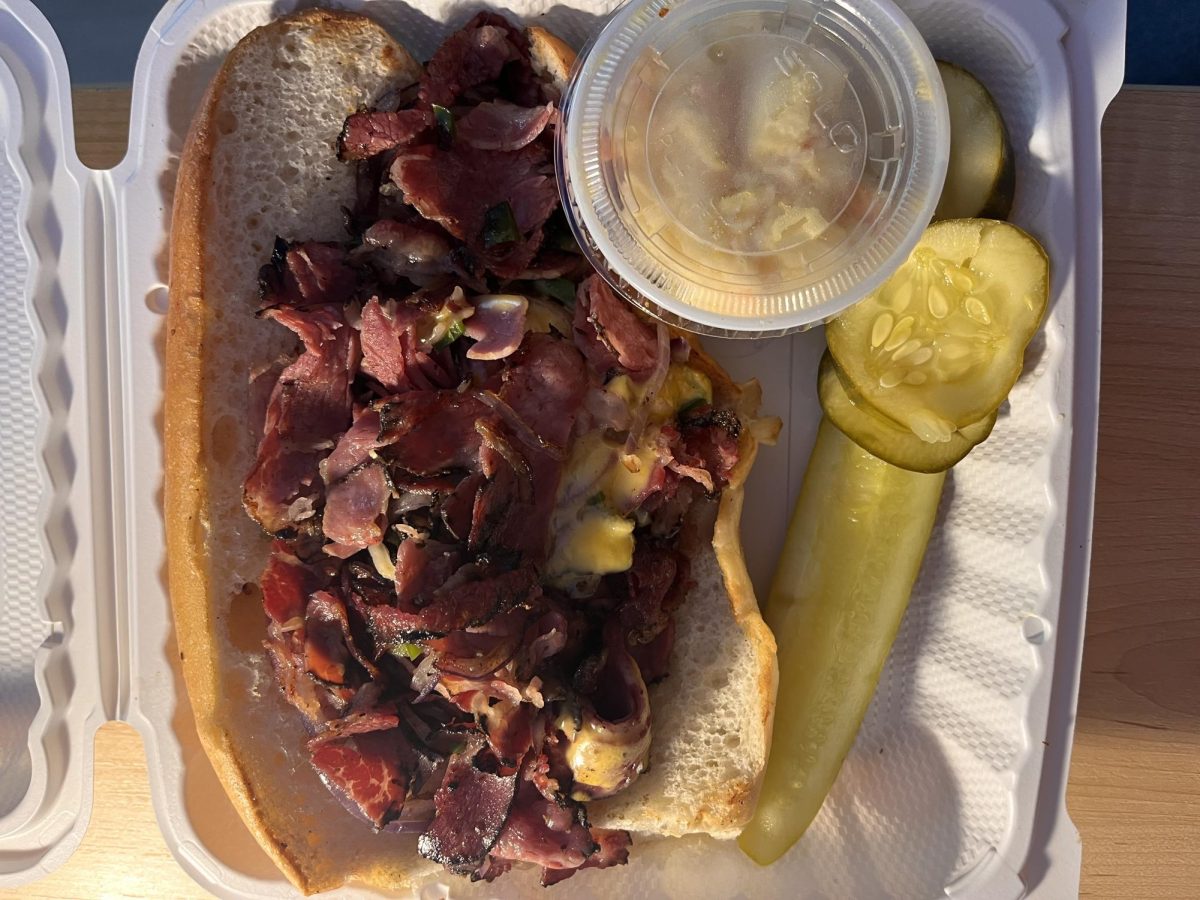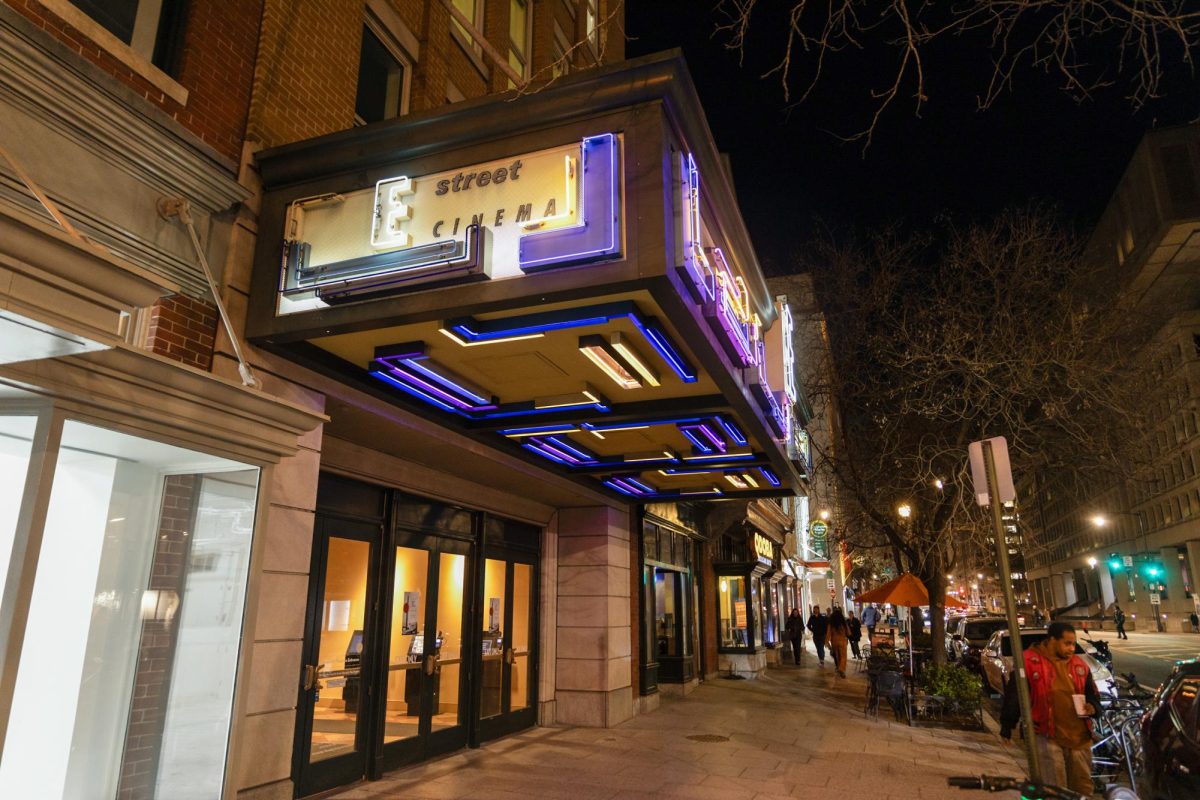
When Caroline Lacey submitted some of her photos to a national competition for college students, she expected her senior thesis about Saldadorean immigrants in the United States to win.
But the third-year GW graduate student was surprised to find out that a more personal project, documenting her family’s reunion after a tornado destroyed their Alexander City, Ala. lake house, won first place last month. In fact, she forgot she had submitted those photos at all to the contest by PDNedu, a branch of the professional photography magazine Photo District News geared toward students and teachers.
The decades-old lake house, the only place where Lacey would see her entire family together, was destroyed by a tornado that swept the Alabama for three days in April 2011.
“The whole house was picked up and it’s at the bottom of a lake now,” she said. “If you had been in that house you wouldn’t have survived.”
In 2013, her family finished rebuilding the house, and they gathered there to celebrate Thanksgiving that year. Lacey said the impromptu photos she took during the holiday helped her process losing the home where her family members spent two decades making memories – and their attempt to recreate it.
“It took a really long time to rebuild and everybody just thought, ‘It’s going to be a different place,’” she said. “I was curious and I still am about how we would start to make it our own again in that really sentimental way that the old house was.”
The warmly lit photos capture her relatives in candid moments of self-reflection as they hold hands after a meal and wander the barren landscape around the new house. They offer a glimpse into the intimate moments shared by Lacey’s nine aunts and uncles and 22 cousins.
She said one photo hits her the hardest: It shows the “littles” – her nickname for her younger cousins – playing at the edge of the lake where there are still fragments of the old house.
“I took that picture and I was like, ‘Oh, my gosh. Our whole house is in front of them under the water,’ and all you can do is sit at the edge and look at it,” she said. “It was meditative in a way.”
Lacey said she hopes her photos can be a “space for truth” that “allows people to empathize with one another.”
“Hopefully some kind of healing, some kind of catharsis would come out of that,” she said.
As a prize, Lacey’s photos have been showcased in PDN magazine. In addition, she received a gift card and a new camera.
She also won first place in the video category for a short documentary, a collaboration with three other students, entitled “He’s a Fighter.” The film tells the story of a rising boxer and aspiring poetry student raised by a drug-addict mother in Southeast D.C.
After she earns her master’s degree in new media photojournalism in May, she hopes to explore social advocacy through documentaries. Lacey – who is drawn to themes like culture, history and community – said she wants to learn how to better understand her subjects by “working [within] communities, instead of on the outside.”
Lacey, who earned her undergraduate degree from the University of Maryland, most recently has been exploring the District’s Salvadoran diaspora community for her senior thesis. The photos capture the way Salvadoran culture has fused with American traditions in the aftermath of El Salvador’s 12-year civil war, which ended in 1992.
She said she was inspired by one of her Corcoran School of the Arts and Design professors and closest mentors, Muriel Hasbun, who taught a class about her late mother’s collection of Salvadoran art. She traveled to El Salvador for the class with Hasbun, and Lacey said she was fascinated by the citizens who fled to the United States during the war.
Lacey filmed and photographed the daily lives of dozens of local Salvadorans for the project, which she said she considers her best work. She asked her subjects to submit their own drawings, written pieces and family photos for the project as well.
“I feel like of all the things I’m working on, my thesis is much heavier,” she said. “I’m trying to understand the presence of this collective trauma of the El Salvador civil war and their diaspora here.”
She best remembers the story of one man, who was unable to give Lacey his real name because he did not want to be found in the United States. He said he could no longer handle the war when he came across a dying woman who asked him to shoot her, and he couldn’t bring himself to do it.
Lacey said she was struck by the “mechanism of fear” that “was so present with him that he’s afraid now 22 years after the war.”






